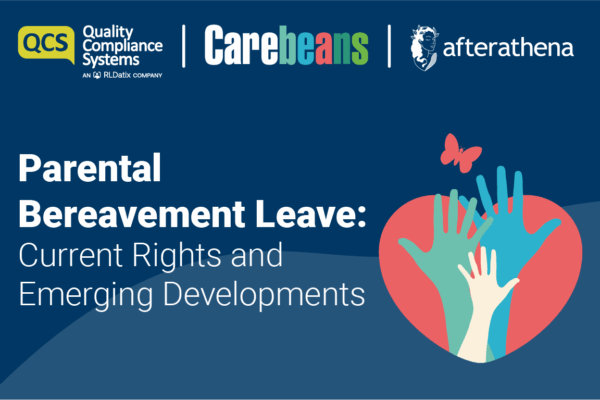 We all need guidance from time to time; it’s so easy to lose our way in busy practice! We treat diseases with multiple causative factors and more than one option for treatment. It’s a deep, dark wood to get lost in, and there are monsters lurking in the shadows. The biggest threat is litigation. That’s the big stick, and achieving quality on behalf of our patients is the carrot.
We all need guidance from time to time; it’s so easy to lose our way in busy practice! We treat diseases with multiple causative factors and more than one option for treatment. It’s a deep, dark wood to get lost in, and there are monsters lurking in the shadows. The biggest threat is litigation. That’s the big stick, and achieving quality on behalf of our patients is the carrot.
In this dangerous place, guidelines are our friend; they are the map that will help us find a place of safety. At the moment, guidance is published by a variety of organisations including NICE, the Royal Colleges, The British Society of Periodontology and many more. Now, the news is out that new national guidelines will be published within weeks to iron out inconsistencies in a wide range of dental treatments. According to Dentistry magazine, they have been drawn up by NHS England and are expected to be approved for publication at a meeting later this month.
What’s covered?
They will cover specialist dentistry services, special care dentistry, oral surgery and oral medicine and Orthodontics. Three further sets of guidelines will be developed this year, and made available by the end of March next year, covering paediatric dentistry, restorative dentistry, dental microbiology, dental pathology and dental radiography.
The feeling at NHS England is that there is a lack of clarity and consistency in local guidance put forward by the various local area teams. The guidance is also going to cover some procedures which are becoming more popular, such as implants. A health minister said there is a ‘growing concern’ about the link between dental implants and peri-implantitis.
Dentistry magazine says that, last year, Earl Howe highlighted fears about a ‘lack of informed consent for treatment, damage to the tissue and bone surrounding the implant, and failures’. He announced then that ‘clear and consistent’ guidelines were being drawn up for dentists, after a warning that bone loss is a ‘time bomb’ set to cause growing misery.
The Department of Health was also examining how to provide better information for patients considering implants. Asked who was being consulted in the drawing up of the guidance, the spokeswoman said that there were ‘representatives from all professional groups.’ There was also patient representation.
Why will this affect me?
Once guidance is published, it becomes a source for benchmarking the clinical approach of practitioners. This means that in litigation, both claimants and defendants will use current guidance to show that negligence has, or has not occurred. Expert witnesses from both sides will quote from guidance publications.
Along with Quality Compliance Systems’ policies on evidence based care and treatment planning, you really need to keep a library of current guidelines. This is a brilliant source for Clinical Audit too. Test yourself!






